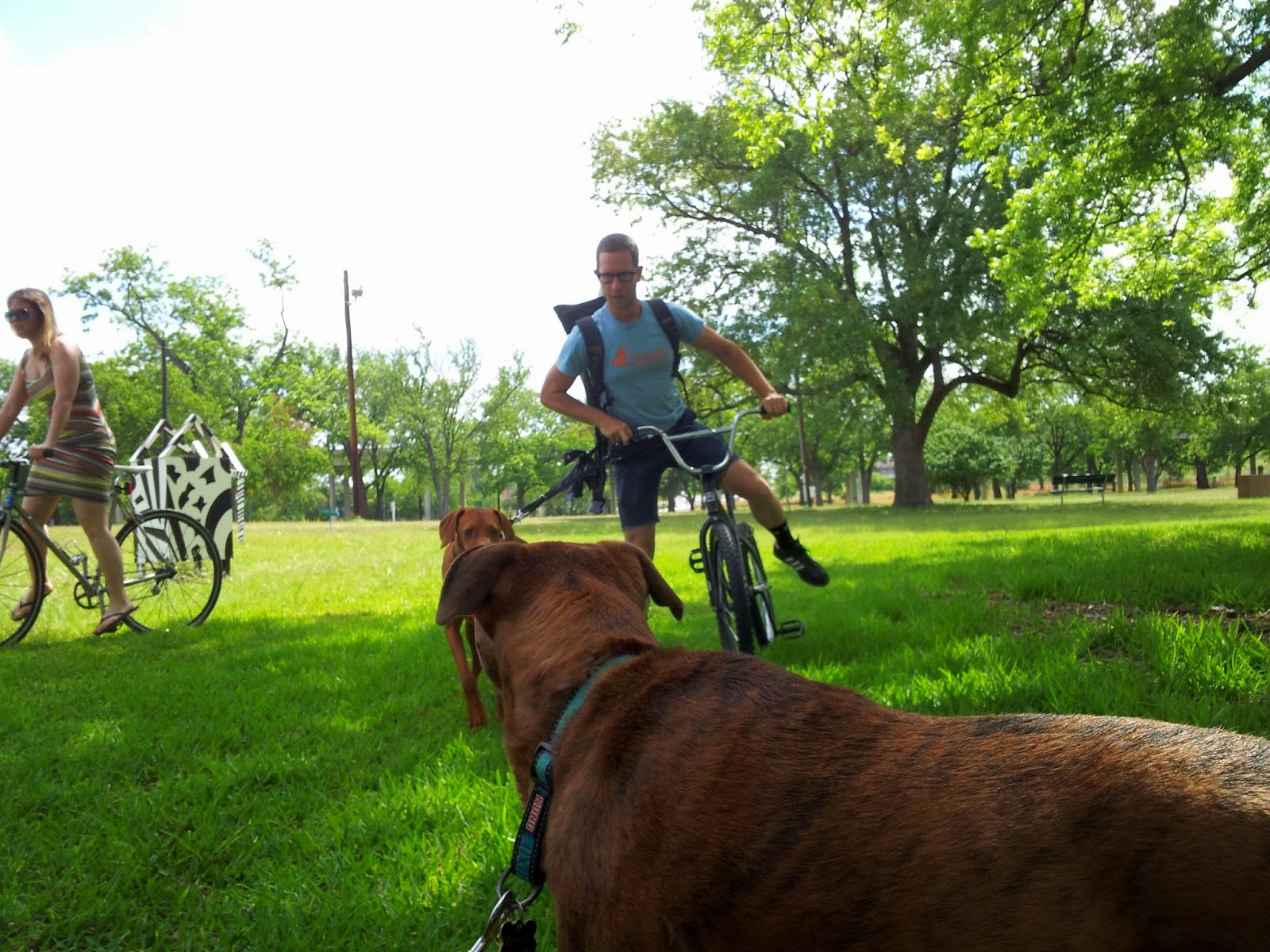The grocery store's entrance is lined with pumpkins and the
neighbors across the streets have "cobwebs" covering their
shrubs. Even the plastic flamingos at
our next door neighbors' house are in the Halloween spirit as they're black and white instead of pink.
In a couple of weeks we hope to have skeletons, zombies, and
ghosts knocking on our door...and ok probably a princess or two. The combination of the fact that's it's a
month with death front and center plus the fact that I just wrapped up dancing
in a Bollywood musical (bonus points to anyone who knows which Bollywood
musical the title of this blog comes from) is the perfect stage for the drama
that's been unfolding in our park. This
song sets the stage for a discussion about how we judge things, "I'm
neither dead nor alive."

There's no disputing the beauty of a majestic heritage pecan
growing strongly but does that beauty and value go away when it dies? Should
it be seen as suddenly detracting from a park's beauty and worthy of spending
money to remove? The past few years of
drought have not been easy on our park and since 2011 we've had almost 30 trees
die and that's why we've been spending so much time mulching the remaining
trees (in less than a year we've moved 230 cubic yards of mulch) and making
plans to plant new ones. But the
question still remains what to do with all of the dead trees.
Understanding that there are some liability concerns with
standing dead trees, the Friends have had support from the Parks and Recreation
Department to leave as much of the tree as possible. The remaining stumps or snags serve as a
reminder of how many trees we used to have and provide valuable ecological services.
This article concisely highlights benefits of leaving dead
wood in an ecosystem. We should leave
dead wood in the park because:
·
it provides perching, foraging, and nesting for
birds
·
fungi and mushrooms flourish on and around logs,
breaking down the organic matter to release important nutrients back into the
forest ecosystem
·
Mammals, amphibians, reptiles, and invertebrates
seek refuge in natural cavities and dens
·
spiders, beetles, worms, and microbes move and
feed within the decaying matter
·
Decaying logs retain moisture and nutrients that
aid in new plant growth
·
Logs also store energy and fix nitrogen
·
lessens soil erosion
I'd also make the case that there's inherent beauty in these logs as they
transform. Click here to see an album of
photos that I took a couple of weeks ago.
And here are a few of my personal favorites:
Buda
Blistering Beauty
Lady of the Park
Vortex
In addition to all the good for the environment they
encourage us to wander off the beaten trail, remember what was and look more
closely at the beautifully detailed world around us.
A few weeks ago we noticed that a couple more dead trees had
Notice of Removal signs stuck to them so we promptly emailed the Park's manager
to ask that they consider leaving them and the manager of East Austin parks and
a forester assigned to our park agreed, "Jimmy is fine with snags at this
location, and so am I. About 10’ tall. ~Keith O'Herrin" We rejoiced and then went back to focusing on
other park projects like organizing National Public Lands Day.
Then on October 2, we took our dogs for an evening stroll
and didn't see the trees from the distance.
My pace and heart rate quickened as we got closer but this was the site
that greeted us.
A lot of
emotions, emails and phone calls later here is the response from the Parks and
Recreation Department's Urban Forester,
"I have updated information
regarding the removal of the snag(s). In my interest of a quick response while I was out of town last
week, I provided you with inaccurate information. The “art logs” I mentioned were in
reference to a different high-use location, not Boggy Creek.
Upon
investigation, it turns out that in an effort to reduce some of Forestry’s
back-logged work, the Boggy
Creek work was handed over to a contractor. The hand-written notes on the
original work order included a note to
leave the snags, but those hand-written notes were not included when the digital work was handed over. So
the contractor, without knowing better, removed the snag(s). This was an oversight on our part and I regret
that the snags were removed. Again, I apologize.
I can imagine the horror you must have felt when you saw that the snags had
been removed.
I hope you
believe me when I say that Forestry is very interested in leaving snags and
coarse biomass in place because of
their ecosystem services and wildlife benefits. This instance was an oversight that I will work to
prevent in the future....~Angela Hanson."
We appreciate the thoughtful response and that the Department
is listening to our concerns. We are
going to work with multiple departments to encourage the default to be to leave
as much dead wood as safe in parks instead of the default being to remove
everything.
Stay tuned.








































.JPG)




.JPG)

.JPG)

.JPG)




.JPG)
